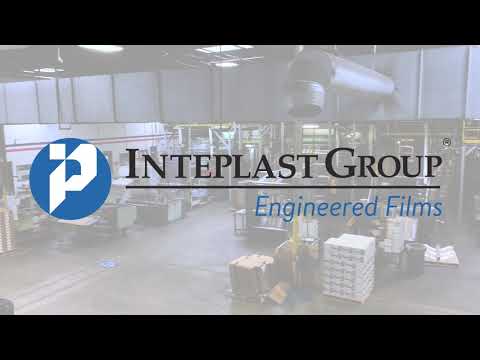
The demand for fresh food extends to more than just fruits and vegetables. More companies are now trying to maximize the shelf life of meats and cheeses using packaging that maintains freshness and quality with minimal impact to the product.
As a result, the industry has seen a growing interest in the versatility of thermoforming packaging. We asked a couple of IEF experts to explain thermoforming’s capabilities and why it has become so popular.
More than the sum of its parts
To have a better understanding of thermoforming as a packaging solution, it’s important to understand how it all comes together.
“Thermoforming is a two-component package that works in conjunction with one another,” said Steve Brzostowicz, Technical Director at IEF. “Typically, the bottom web is your forming web which is pulled with a vacuum in a forming chamber and is usually five to eight MIL thick.
“The top web, which is the non-forming component of the package, will come down in another chamber once the product is ready to be sealed.”
While simple in structure, thermoforming’s ability to perform, like all other engineered films, depends heavily on how you make your film.
A thermoformed package is only as good as its formulation
Even though there are two pieces to thermoformed packaging, it does not necessarily mean one would use the same formulation for both.
"The non-forming web is usually the easiest component to produce," says Brzostowicz. "Typically, it will have a nylon or polyseter skin for heat resistance. Most meat and cheese applications require an oxygen barrier so ethylene vinyl acohol (EVOH) is pretty common.
“You’re also going to need a sealant and that will typically be made of polyethylene, a metallocene or even an ionomer material. It all depends on how aggressive you need the sealant to be.”
As for a formulation for the forming web, there are more factors to consider.
“The forming web needs a formulation that can take the form of the cavity well without thinning out or creating holes while it’s being thinned. A bottom web formulation will typically have nylon layers, because that material tends to respond well in these applications,” says Brzostowicz.
For Dean Chiles, Account Manager at IEF, calculating what gauge of plastic you need to create your formed bottom web, also known as your draw ratio, is just as important as developing the right formulation.
“You need to know how deep of a draw you’re working with,” said Chiles. “Your draw is going to have a real impact on the formulation you use and it’s important to understand the draw ratio to make sure you get the thickness you need without compromising the bottom web.
“Additionally, most customers want a formulation that is easy to run and won’t jam or leak. The corners of the forming web are common weak points and can potentially leak if the formulation isn’t correct,” says Chiles.
Thermoforming makes protecting the enclosed product a priority but also ensures cheese and meat manufacturers' brand marketing is front and center.
Shelf appeal is just as important as shelf life
Having a great product on a store shelf that stays fresh is important for a business to stay competitive. It’s why thermoforming packaging not only protects your product but also helps to promote it.
“The clarity of your thermoforming film plays such an important part in marketing,” said Chiles. “You could have the best product in the world but if your packaging looks cheap because the corners are curling or the top and bottom webs are hazy, it’s going to have a real impact on the visual appeal. If a customer in a store can’t see the quality of your product through the film, it can really have a negative effect on how your product is perceived.”
“It’s not a question of the quality of the product, necessarily,” reiterated Brzostowicz. “The packaging is such a huge factor in a customer’s decision making process even though it’ll end up discarded. When you go for a cheap formulation, you run the risk of producing subpar packaging, which can ultimately impact your sales.”
If you're ready to start making thermoforming a part of your process, we're ready to help. To get in touch with our team of formulating experts, click here.
Published March 2019



